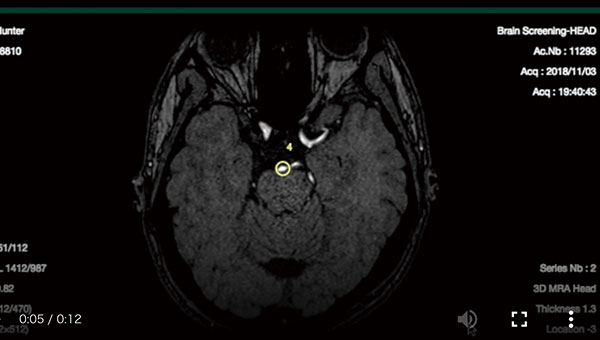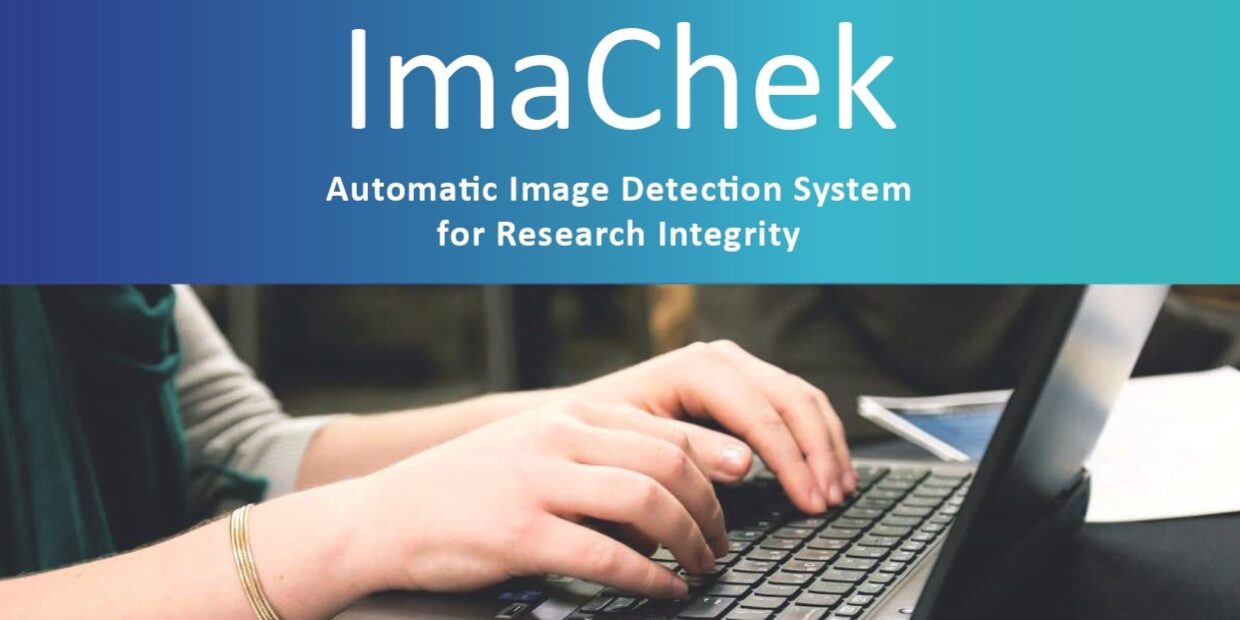Assisting the life sciences field with image analysis technology employing AI
“EIRL” reads medical images and supports accurate medical diagnosis; “IMACEL” analyzes huge amounts of image data on behalf of researchers; and “ImaChek” is a system for detecting manipulated images to prevent research misconduct. These are the three pillars of the technologies provided by LPIXEL Inc., a company founded by Yuki Shimahara along with two of his colleagues, who had also been students at the Graduate School of Frontier Sciences. Common to all of these pillars is their use of artificial intelligence (AI)-based image analysis technologies in the life sciences field. They also relate to the history of the three founders, whose research lab specialized in bioimaging and image processing.
“In 2014, the STAP uproar occurred. As someone engaged in research work, this was highly regrettable. I thought someone should build a system for preventing image manipulation, but that could only be done by people skilled in both biology and image analysis. If that’s the case, why not us? And that’s how we came to create ImaChek.”
Since all three of them had regular jobs, initially the company was “like a hobby for enjoying on weekends.” But after seeing the huge public reaction, they gradually expanded the business. Shimahara made up his mind and quit his job at a listed IT firm to dedicate himself to running the company. In 2015, he was selected to participate in the Start Next Innovator 2015 program of the Ministry of Economy, Trade and Industry (METI), and went to Silicon Valley. There he saw firsthand the venture spirit of taking on challenges while facing the risks involved. This had a major impact on Shimahara. Receiving funding offers of 700 million yen in 2016 and 3 billion yen in 2018, he began steering the business toward rapid expansion. The company also grew in scale, employing around 60 people. In the field of medical diagnosis that is the current focus, the certification necessary for production and sale of medical devices has been obtained for software that measures the size of white matter from MRI brain images. Some of these devices are now being sold.
“You know how, with Microsoft Word, spelling errors are shown with red squiggly lines? In a similar fashion, places with suspected lesions on MRI images are automatically detected. In fact, when I tested it on my own image, it showed a small cerebral aneurysm. Fortunately, it was too small to pose a problem.”
Shimahara says that in the field of AI medical devices, products go through the steps of research and development, product creation, regulatory approvals and finally, sales. Currently they are shifting from the third step to the fourth. So what lies ahead?
“The combination of medical care and AI is something I want to see become widespread as a new culture. For example, technologies like MRI and CT, I believe, were initially slow to be widely accepted but today they are considered indispensable. I believe AI is at a similar stage.”
Today, in what is being called the third AI boom, there is no shortage of rivals, both at home and abroad. Who will take the lead is something “God only knows.” What is certain, however, is that EIRL was born of the encounter between Eir, the goddess of medicine in Norse mythology, and the L of LPIXEL.

* This article was originally printed in Tansei 39 (Japanese language only). All information in this article is as of September 2019.
Contact us via email for a free trial.


